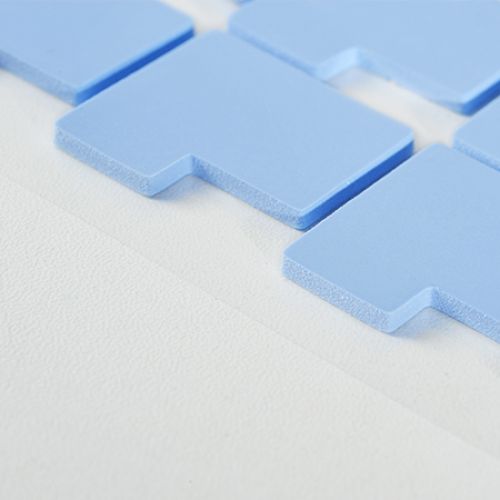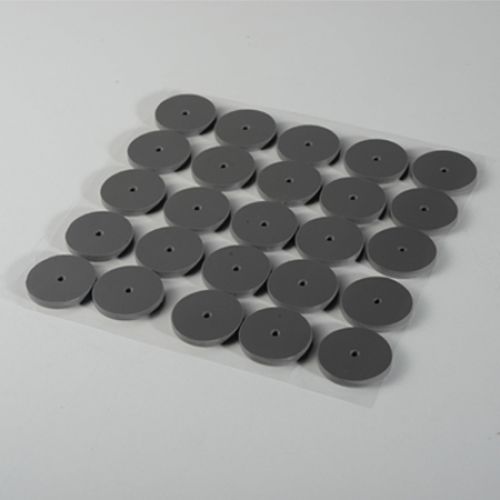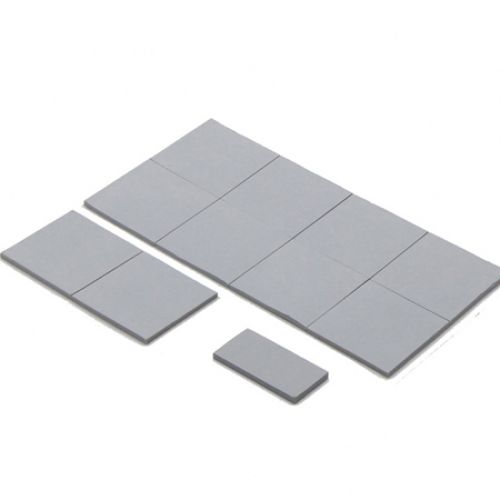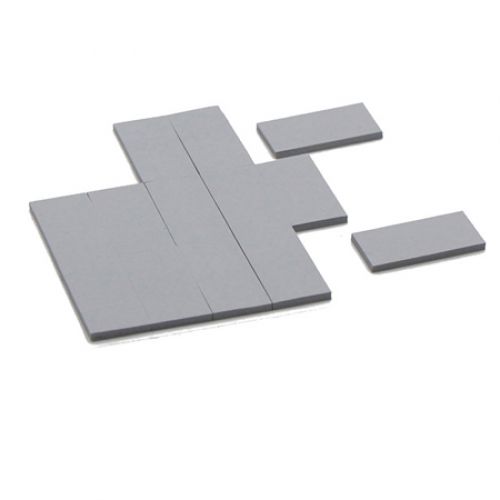Introduction
A 2.0 W/m·K silicone thermal pad is a type of thermal interface materials (TIMs) used to enhance the thermal conductivity between electronic components and heat sinks or other cooling devices.When selecting a silicone thermal pad, consider factors such as the required thermal conductivity, thickness, compressibility, and operating temperature range to ensure it meets the specific needs of your application.
Features
Thermal Conductivity: With a thermal conductivity of 2.0 W/m·K, these pads efficiently transfer heat away from electronic components.
Material: Made from silicone, they are flexible and can conform to irregular surfaces, ensuring better contact and heat transfer.
Dielectric Strength: Silicone thermal pads often have good electrical insulation properties, making them safe to use in electronic applications.
Ease of Use: They are easy to cut to size, install, and remove, making them convenient for various applications.
Thickness Options: Available in various thicknesses to accommodate different gaps between components and heat sinks.
Surface Preparation: Ensure that both the electronic component and the heat sink surfaces are clean and free of dust, grease, or other contaminants.
Cutting to Size: Cut the silicone thermal pad to the appropriate size using scissors or a precision cutting tool. The pad should cover the entire surface area of the component to ensure optimal heat transfer.
Peel and Stick: If the thermal pad has an adhesive backing, peel off the protective film and carefully place the pad onto the component, aligning it properly to avoid air bubbles. If the pad is not adhesive-backed, simply place it on the component.
Assembly: Align the heat sink with the component and press it firmly against the thermal pad to ensure good contact. Secure the heat sink in place using screws, clips, or any other mounting mechanism specified for your device.
Testing: After assembly, power up the device and monitor the temperature to ensure that the thermal pad is effectively conducting heat away from the component. Make any necessary adjustments to improve contact and heat transfer efficiency.
Computer Components: Used between CPUs, GPUs, and their heat sinks to improve thermal management.
LED Lighting: Helps dissipate heat from LED modules to maintain performance and longevity.
Power Electronics: Used in power supplies, inverters, and other high-power devices to ensure efficient heat transfer.
Automotive Electronics: Applied in electronic control units (ECUs), battery management systems, and other automotive electronics to manage heat.
Telecommunications: Utilized in telecom equipment to maintain optimal operating temperatures.



